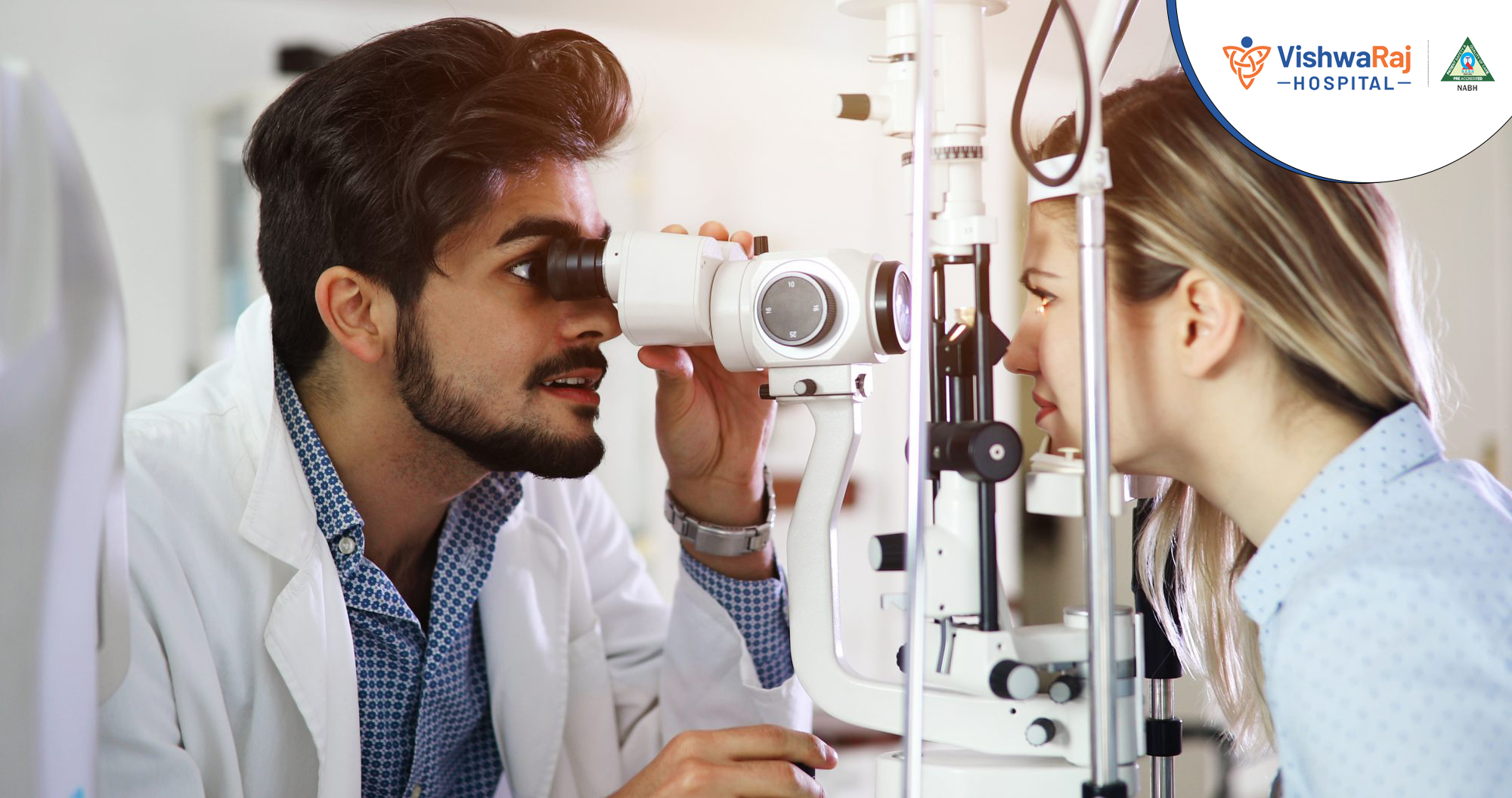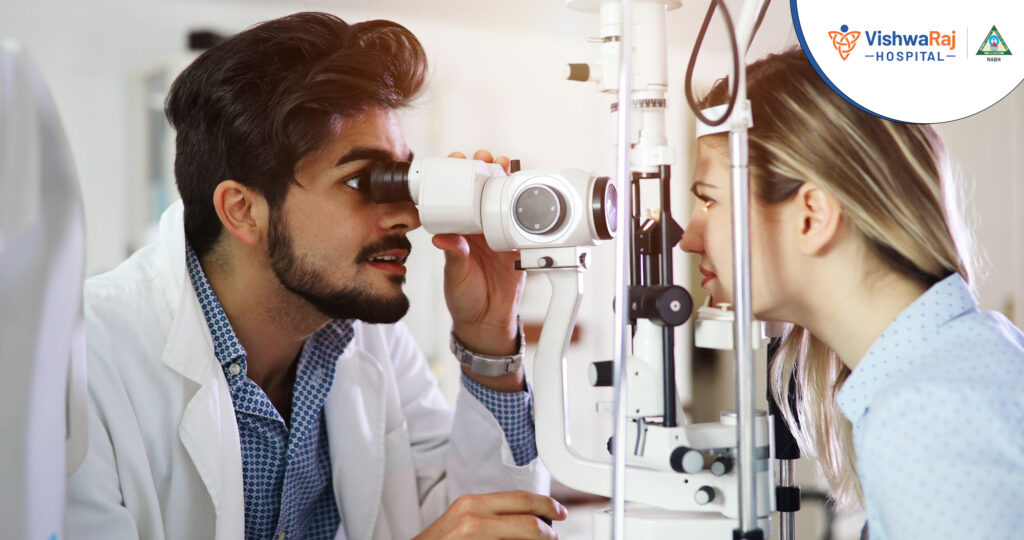

Symptoms of Computer Vision Syndrome
Computer Vision Syndrome is the name given to eye problems caused by prolonged computer use including:
- Eye irritation (Dry eyes, itchy eyes, red eyes)
- Blurred vision
- Headaches
- Backaches
- Neck aches
- Muscle fatigue
Although CVS has not been found to cause any permanent damage to the eyes, its painful symptoms can affect performance at work and at home. Eye health professionals, though, have found several ways to prevent CVS from affecting computer users.
With a few simple changes, the environmental causes of CVS can easily be eliminated. Some solutions to these environmental causes include:
1. Reducing glare on the computer screen by modifying the lighting in the room, closing window shades, changing the contrast or brightness of the screen.
2. Moving the computer screen to improve the comfort of the eyes. The screen should be at or just beyond an arm’s length away (about 20 to 26 inches) to give the eyes a comfortable focusing distance. The screen should also stand straight in front of the face instead of off to the side to ease eyestrain. The center of the monitor should be about four to eight inches lower than the eyes to allow the neck to relax and to lessen the exposed surface area of the eye, which will reduce dryness and itching.
3. 20-20 RULE:
(Every 20 minutes, take a 20 seconds break and look 20 feet away!)
Giving the eyes and body frequent breaks from computer work to reduce eye and muscle fatigue. Since prolonged computer use requires a person to sit in the same position for an extended period, taking time out to stand, stretch and look around will not only help muscles, but will also give the eyes a chance to relax. If the opportunity to get up for full breaks is not frequently available, then “mini” breaks will suffice by looking up from the computer at a far distance.
4. Frequent blinking or the use of lubricating eye drops will keep eyes from drying out and feeling itchy.
5. Finding and improving other problems that may be affecting the eyes, including drafty, dry or dusty air. Try to keep air vents or drafts from blowing into the face and drying out the eyes.
Dust also can irritate eyes as well as accumulate on the computer monitor, which will decrease the sharpness of the screen and may cause eyestrain.
It is important in this era to increase awareness about this modern entity called Computer Vision Syndrome and take experts opinion if symptoms are affecting your efficiency.


Dr.Ketan S Deogaonkar
Consultant-Opthalmology



